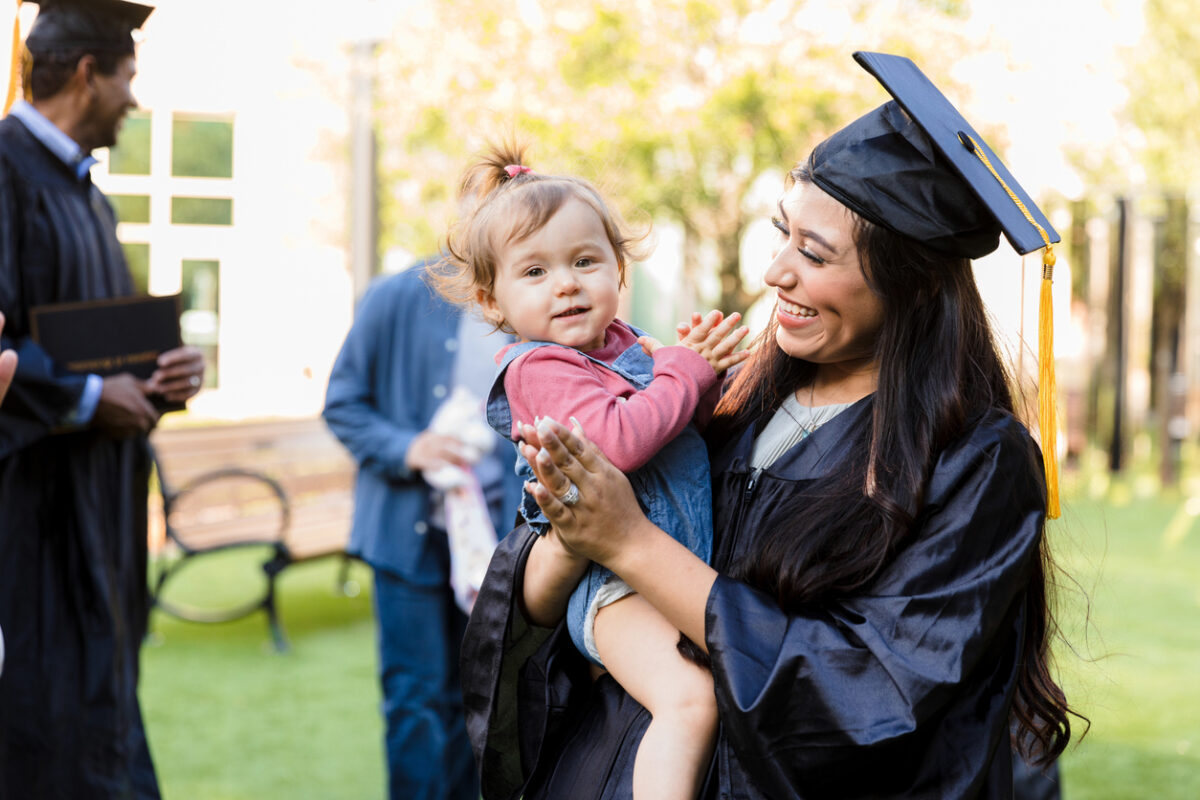Four U.S. Communities are Demonstrating How to Overcome Barriers that Rural Students Face in Seeking Postsecondary Attainment
Published Oct 09, 2019
Washington, DC (October 10, 2019) – Nearly 41 million American adults live 25 miles or more from the nearest university or college, or in areas where accessible public higher education is limited to a single community college. As outlined in a guidebook released today by the Institute for Higher Education Policy (IHEP), several rural communities across the nation, who recently deepened their commitment to expanding postsecondary opportunities for their residents, are already seeing promising results. Entitled Four Regional Approaches to Support Rural Students, the guidebook outlines innovative strategies that are boosting postsecondary degree attainment in four rural communities: Columbus, IN; Elkhart County, IN; Rio Grande Valley, TX; and Shasta County, CA, all of which have been designated as Talent Hub Communities.
The U.S. system of higher education has not kept up with the needs, experiences, and diversity of today's rural students. Challenges facing students from rural communities who wish to pursue postsecondary education include living a long distance from the closest campus, the paucity of local economic opportunities, and a significant transition to campus life.
In the face of these challenges, several institutions have partnered with community and regional organizations to create student-centered programs that are transforming the way that higher education serves rural students. Based on interviews with key representatives and stakeholders from these programs, IHEP's guidebook distills insights into how these programs can understand and meet the needs of rural students, including by innovating recruitment and delivery models and creating strong community partnerships. As a result, the programs are boosting the college-going aspirations of rural high school graduates, reengaging adult students, increasing degree attainment, and sustaining the workforce.
"Conversations about rural students and higher education too often make two key mistakes. First, they focus solely on challenges and barriers to postsecondary attainment and second, they assume that rural populations are homogeneous," said IHEP Vice President of Applied Research, Julie Ajinkya, Ph.D. "We want to identify – and then amplify – innovative local and regional strategies that are successfully serving this important and incredibly diverse population. As interviews in the guidebook demonstrate, institutional and community investment in the success of rural students yields positive, community-wide results. These four communities serve students of many ages, races, and socioeconomic levels, to name just a few of many factors. Their success should encourage other similarly-situated communities to design programs that meet the unique needs of their students and elevate higher education's role in building stronger rural communities."
The guidebook is part of the Innovative Strategies to Close Postsecondary Attainment Gaps series, a component of IHEP's work with communities that have shown the ability and commitment to significantly increase college-level learning among students of all background.
Designated by the Lumina Foundation, with support from the Kresge Foundation, Talent Hub Communities work across business, education, and civic sectors to attract, cultivate, and retain skilled and knowledgeable talent.


